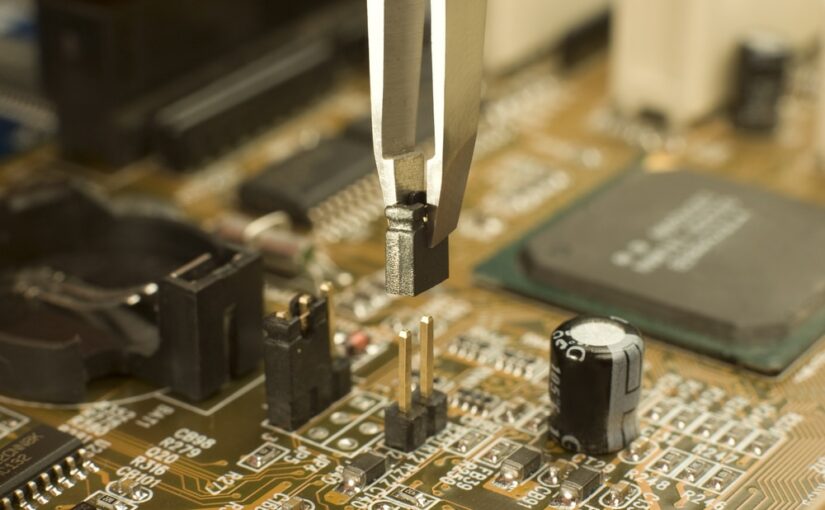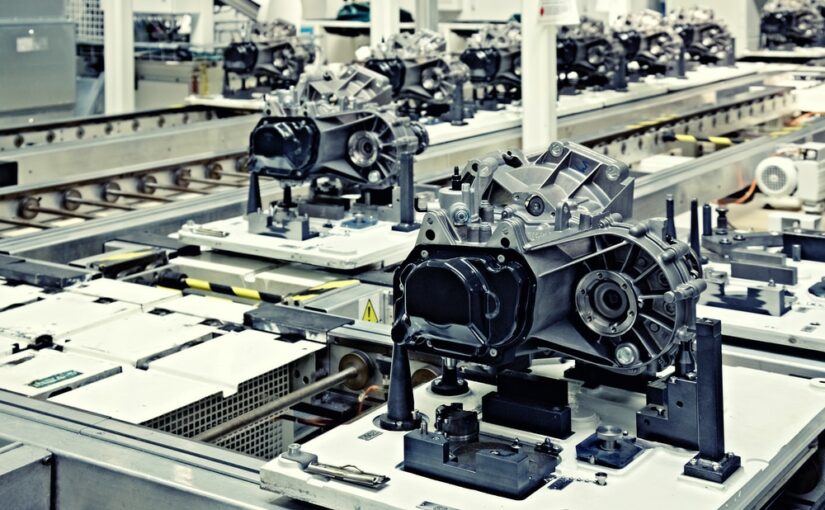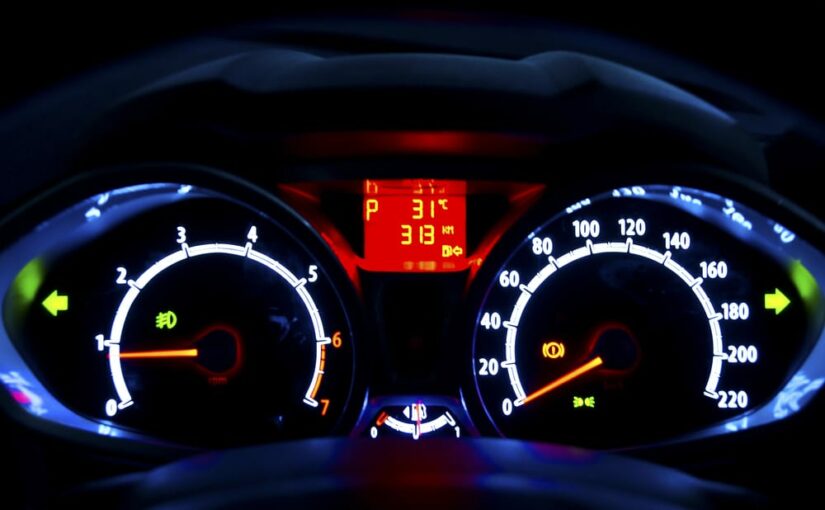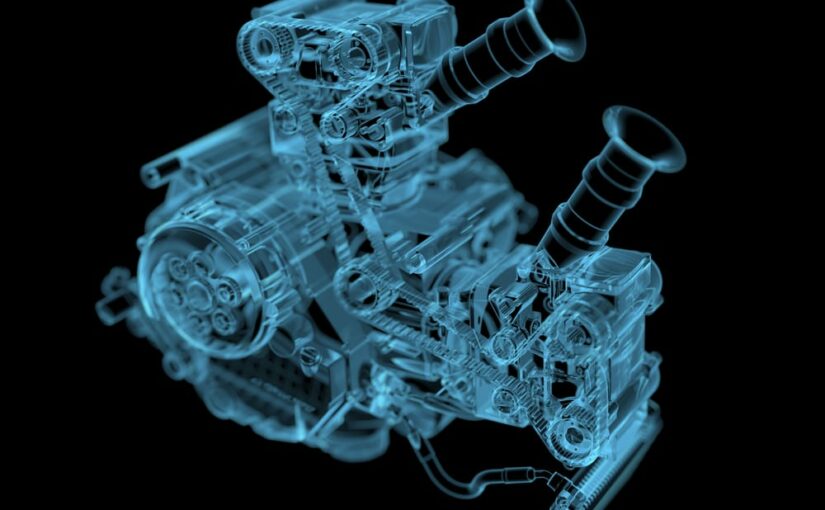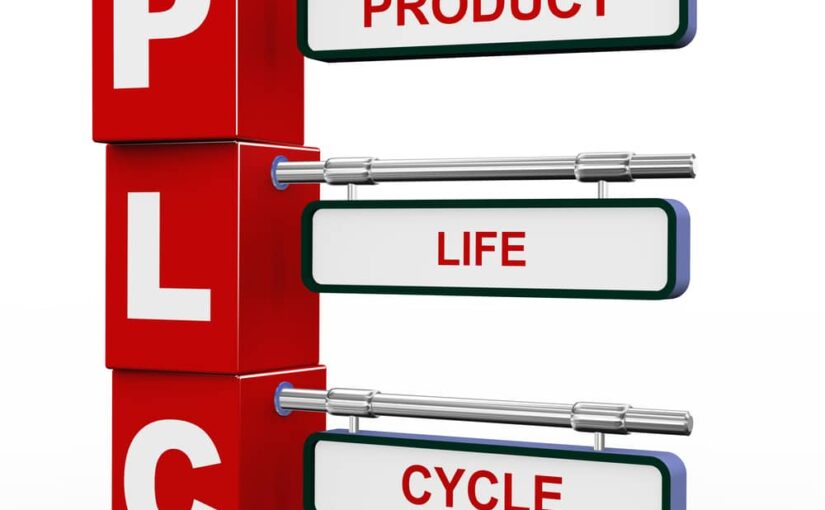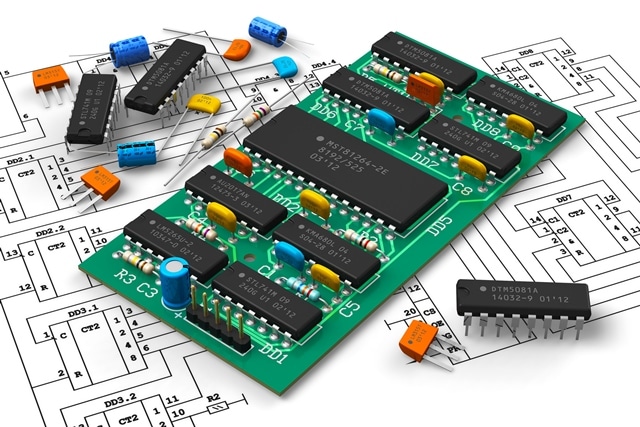How cost reduction consultants aid system development
To be competitive in today’s market, a new hardware design must satisfy a number of criteria: quality, performance, aesthetics, cost and time-to -market are all major factors.
Naturally, the budget for manufacturing BOMs will vary between projects, but generally when a new system design comes on the market, users expect maximum performance at minimum cost. The longer the product stays in production, the higher these expectations become.
Cost is increasingly a factor in modern technology. There are two reasons for this: firstly, an established design invites competition. A cutting-edge concept may cost millions to bring to production, which will factor in the price. However, once on the market it invites a level playing field, with competitors cashing in on the original design to produce their own underpriced versions, often using reverse engineering tools.
Secondly, budget limitations on the customers’ part may force them into making decisions based on affordability rather than quality or performance. Either way, product manufacturing costs must factor highly in the engineering BOM.
Product cost management (PCM) starts at the point of conception. Cost reduction analysts estimate that up to 80% of a product’s life cycle costs are determined by decisions made during development. Once on the market, there is little chance of reducing these costs – unless they are offset by raising the price of the product, playing into the hands of market competitors.
We at Enventure Technologies offer a multi-staged PCM approach. Our experienced cost reduction consultants look at all options, for example using LCC (low cost country) component engineering firms or reducing administration budgets.


